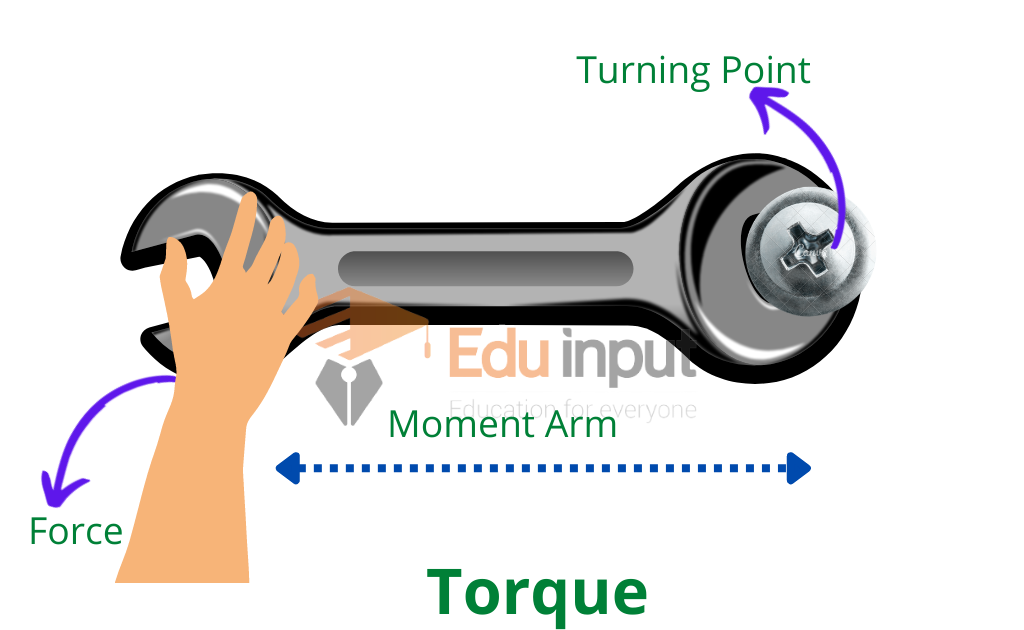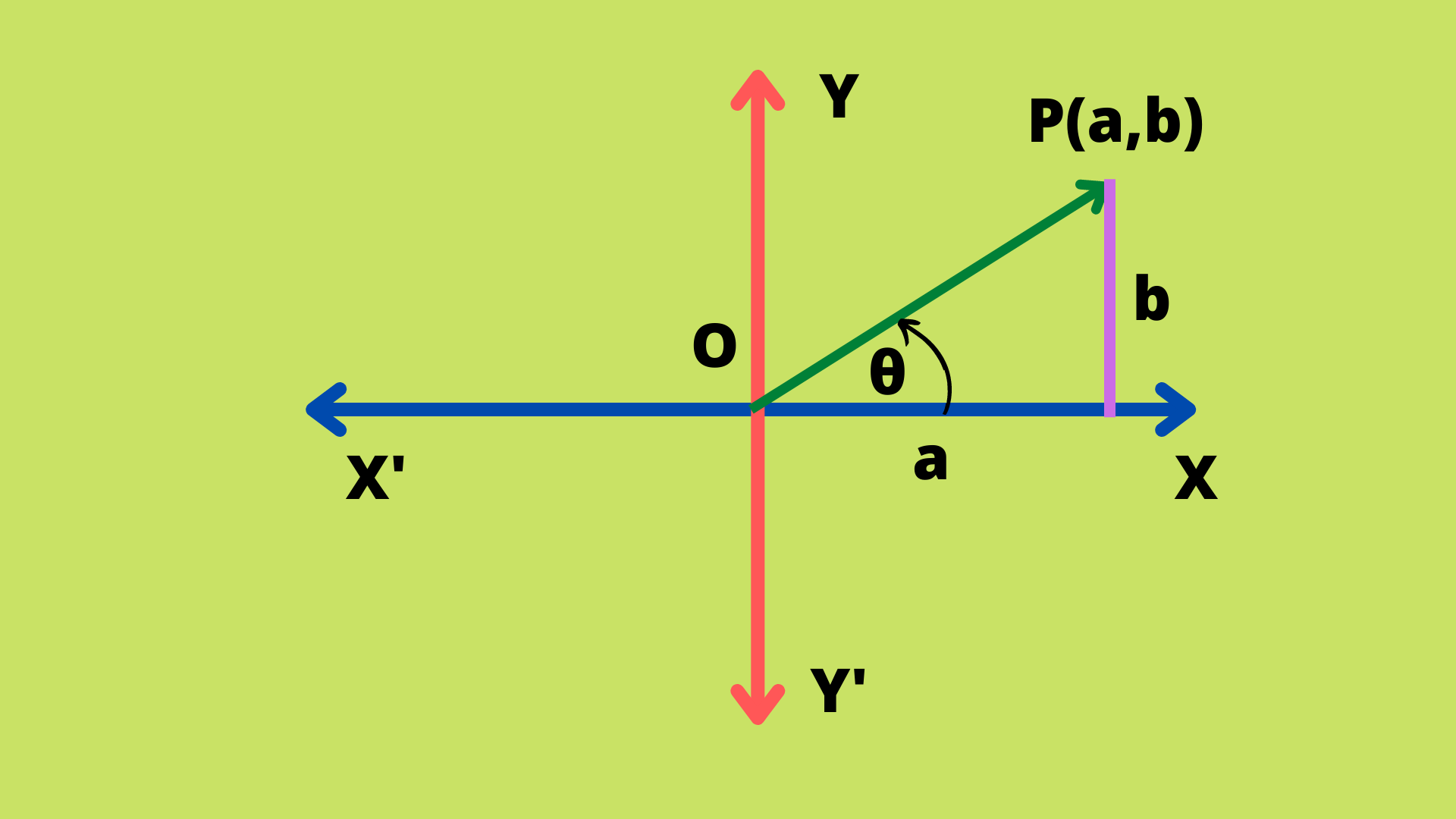Equilibrium of Forces | Definition, Examples, and Types
If the body is under the action of several forces and is at rest or moving with a uniform velocity it is said to be in equilibrium. Equilibrium of forces has different types.
Download the pdf notes of Equilibrium of Forces Class 11 Physics
Types of Equilibrium of Forces
- Static equilibrium
- Dynamic equilibrium
Static Equilibrium
If the body is at rest (zero velocity and zero acceleration) it is said to be in static equilibrium.
Examples:
- A book lying on the table

- Tug of war

In the tug of war, two teams pull a rope in opposite directions. When the force applied by one team is balanced by the force applied by another team, then there is no motion. So the rope is in equilibrium
Dynamic Equilibrium
If a body is moving with uniform velocity or rotating with uniform angular velocity, then the body is in the state of dynamic equilibrium
Examples:
- Paratrooper jumping from an airplane

When a paratrooper jumps out of an airplane, he opens his parachute after a free fall. After some time paratrooper starts descending with uniform velocity because the force of gravity acting downward on the paratrooper is balanced by the reaction of air on the parachute upward. Now the body is moving with uniform velocity.
Translational equilibrium
When a body is moving with uniform linear velocity there is no linear acceleration, the body is said to be in translational equilibrium
Rotational equilibrium
When a body is moving with uniform angular velocity there is no angular acceleration then the body is said to be in rotational equilibrium
Coplanar forces
If all forces lie in a common plane then such forces are called coplanar.
The First Condition of Equilibrium
When a body is moving with uniform linear velocity there is n linear acceleration, the body is said to be in translational equilibrium
Mathematically ∑ F =0
For coplanar forces
This condition is usually expressed in terms of the x and y components of the forces
- ∑ Fx =0, the sum of the x-component of all the forces must be zero
- ∑ Fy =0, the sum of the y-component of all the forces must be zero
Right-hand forces are taken as positive and left-hand side forces are taken as negative
Similarly, upward forces are taken as positive and downward forces are taken as negative
Equilibrium of torques
A physical quantity that produces an angular acceleration in a body about the axis of rotation is called torque
The Second Condition of Equilibrium
When a body is moving with uniform angular velocity there is no angular acceleration, the body is said to be in rotational equilibrium
Mathematically ∑ τ =0
Complete Equilibrium
When the first condition is satisfied, there is no linear acceleration and the body will be in translational equilibrium
when the second condition is satisfied, there is no angular acceleration and the body will be in rotational equilibrium.
For a body to be in complete equilibrium, both conditions should be satisfied, i.e, both linear and angular acceleration should be zero.
Frequently Asked Questions(FAQs)
What are the 3 types of equilibrium?
There are three main types of equilibrium.
Stable
Unstable
Neutral
What are the conditions of equilibrium?
The condition of equilibrium state that the net result of all the external forces and moments acting on this object is zero. According to Newton’s first law, an object that is at rest will stay at rest or an object that is in motion will not change its velocity, provided that the object is in equilibrium.
How many conditions of equilibrium are there?
There are two conditions of equilibrium.
What are coplanar forces?
When all forces are acting in the same plane, they are called coplanar.
What is collinear force?
Collinear forces are when the lines of action of the forces are acting along the same line for a system.





Leave a Reply